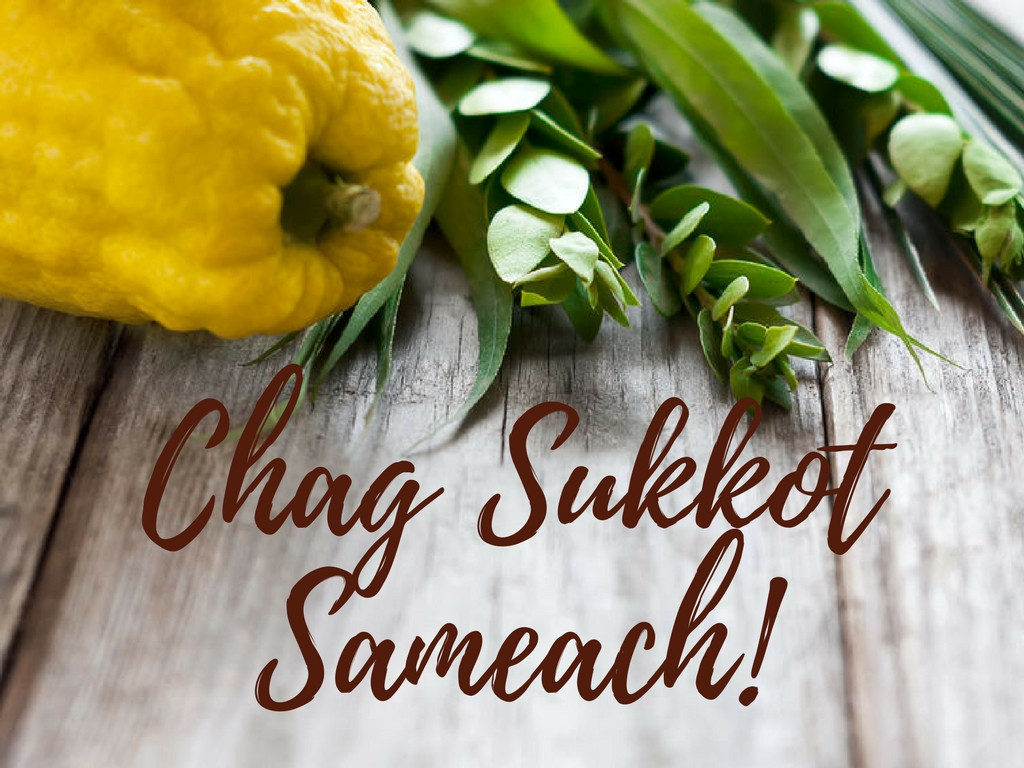The iSavta Team | 13.11.2019

After a very solemn holiday of Yom Kippur, the Jewish community is now preparing for a transition to one of the joyous holidays of the year, Sukkot which is also known as the Feast of Tabernacles.
Like othe holidays, Sukkot is celebrated historical significance for it commemorates the forty-year period when Israelis were wandering in the desert, living in shelters. That is the reason why Sukkot is celebrated by building a Sukkah or booth outside their home where people dwell in for seven days.
You will dwell in booths for seven days; all natives of Israel shall dwell in booths. -Leviticus 23:42
Israelis are not permitted to work on the first and second day of Sukkot. They are allowed to work on the remaining days of the holiday. This days on which work is permitted is called Chol Ha-Mo'ed.
Sukkot is also a celebration of gathering of the harvest. It is celebrated by gathering the "Four Kinds" (arba minim), four special species of vegetation.
For seven days, Israeli eat all their meals in the sukkah making it their home for a week. Their goal is to spend as much time as possible under the Sukkah. The Sukkah is usually made up of at least 3 walls and a roof made of bamboo, palm branches or pines.
May you all have a peaceful and joyous Sukkot!


